Today marked the first day of collecting for the aquarists as we began looking for colorful, unique specimens of coral. When we collect we look for small pieces that may have broken off of a nearby larger colony or for small pieces attached to loose rubble. This allows use to collect specimens without damaging entire colonies.
In the case of branching corals such as Acropora, Porites, Seriatopora etc. we may also use small pliers to gently break off small side branches. These cut areas quickly heal and begin to grow again, sometimes spouting two or more new branches where there was once one. Reproduction by fragmentation is a natural occurrence in these species and they have evolved to quickly regrow damaged areas. The fragments thus generated also quickly grow once they attach to a suitable substrate.
Using this natural ability to quickly heal and grow allows aquarists to easily propagate corals in this manner. The first site we visited was Aphol's Rock, where there is a wide array of corals and fishes. The current was strong that day, which made collecting difficult but we still managed to collect over 40 small pieces of coral. The second dive was at a location known as Bethlehem, with a reef slope that extends down to about 70 feet. Here we observed, photographed and made videos of the fish population and reef structure for future exhibit ideas. We also found our very first Weedy Scorpionfish, Rhinopias frondosa!
 Cardinalfish, Apogon sp.
Cardinalfish, Apogon sp.
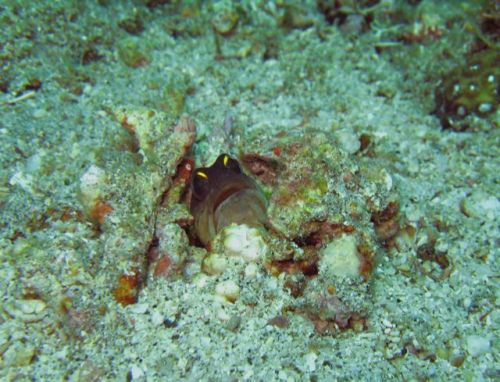 Black Cap Jawfish,Opistognathus sp.
Black Cap Jawfish,Opistognathus sp.
Dragonet, Synchiropus sp. 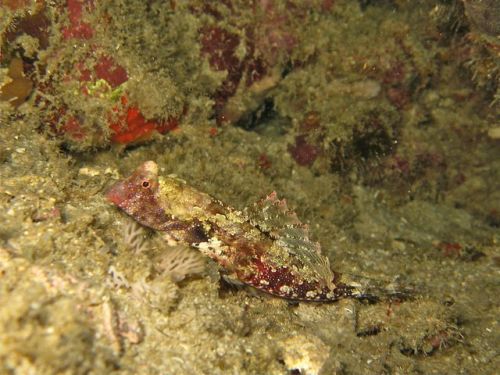
Weedy Scorpionfish, Rhinopias frondosa 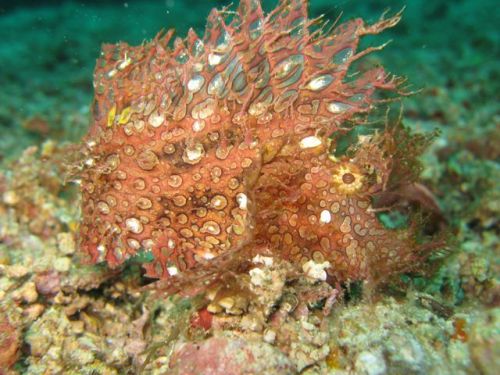
Once we collect our corals its back to home base where we then begin the process of attaching the coral fragments to small plastic plugs using a fast drying non-toxic glue. These plugs are then placed into a plastic grid material, which is turn placed inside a small holding cage which we then sink off the resort in about 10 feet of water until we are ready to ship them back to San Francisco. One dive worth of specimens 
First the glue is added to the plug ... 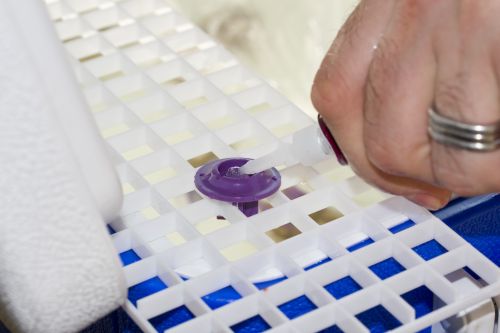
... then the coral fragment is inserted and the glue is allowed to dry. 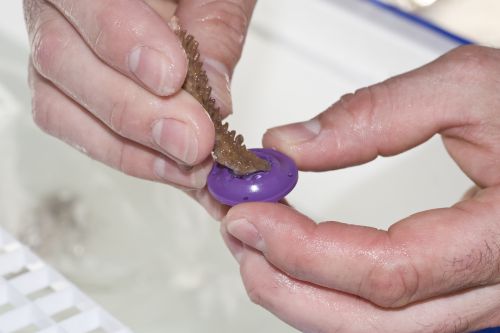
Happy fragments waiting to be placed in the ocean! 
Next up are a few more dives including a night dive and an update on our coral "nursery". Stay tuned!